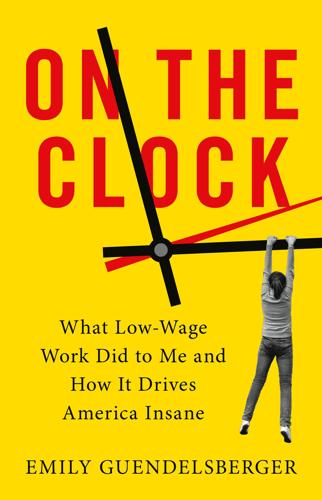Amazon Picking Challenge
description: a competition by Amazon to advance robotic manipulation technology for supply chain automation
4 results

To Be a Machine: Adventures Among Cyborgs, Utopians, Hackers, and the Futurists Solving the Modest Problem of Death
by
Mark O'Connell
Published 28 Feb 2017
Already, we had become comfortable with automated checkouts at supermarkets, with touchscreens and instructions from computerized voices where previously there would have been a human being, earning a paycheck. Earlier that week, in Seattle, Amazon had held a robotics competition of its own. The Amazon Picking Challenge set companies the task of developing a robot capable of replacing its human stock pickers. And you could see how this would make sense for Amazon, a company that had long been known for its poor treatment of its warehouse workers, and for its monomaniacal focus on the elimination of every kind of middleman—of booksellers, editors, publishers, postal workers, couriers.

Prediction Machines: The Simple Economics of Artificial Intelligence
by
Ajay Agrawal
,
Joshua Gans
and
Avi Goldfarb
Published 16 Apr 2018
As a result, Amazon alone employs forty thousand human pickers full-time and tens of thousands more part-time during the busy holiday season. Human pickers handle approximately 120 picks per hour. Many companies that handle high-volume fulfillment would like to automate picking. For the past three years, Amazon incentivized the best robotics teams in the world to work on the long-studied problem of grasping by hosting the Amazon Picking Challenge, focused on automated picking in unstructured warehouse environments. Even though top teams from institutions such as MIT worked on the problem, many using advanced industrial-grade robotic equipment from Baxter, Yaskawa Motoman, Universal Robots, ABB, PR2, and Barrett Arm, as of this writing they have not yet solved the problem satisfactorily for industrial use.

On the Clock: What Low-Wage Work Did to Me and How It Drives America Insane
by
Emily Guendelsberger
Published 15 Jul 2019
I don’t want to burst Blair’s bubble, so don’t mention that Amazon is one of the world’s biggest drivers of automation technology and that robots are getting exponentially better at overcoming their limitations. When I get home, I look up whether there’s a picking world record; there actually is an annual Amazon Picking Challenge that awards $80,000 in prizes. Grand prize goes to the designers of the robot that comes closest to, essentially, being able to recognize chiffon by its look and feel and pick up dildos without sending them bouncing across the floor. The robots are getting really good at it. Two Weeks to Christmas It’s 6:45 a.m., and I groan—actually groan out loud—as I log in to my scanner and find myself assigned to the fourth floor.

Amazon Unbound: Jeff Bezos and the Invention of a Global Empire
by
Brad Stone
Published 10 May 2021
He tried to appeal directly to Bezos but didn’t get anywhere. Instead Bezos, Mountz recalled, was mostly fixated on the potential of robotic arms in the FCs. As a way to indulge the CEO’s interest and stimulate research in the field, his Kiva cofounder, Peter Wurman, proposed a competition among universities called the Amazon Picking Challenge to try to find a robot that could do a better job than humans lifting items off a shelf. The contest, with a meager top prize of $20,000, lasted three years and probably attracted more media hand-wringing about the potential of robots to steal human jobs than actual advancements in robotics.